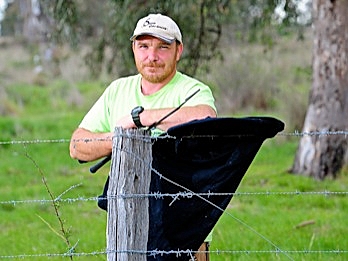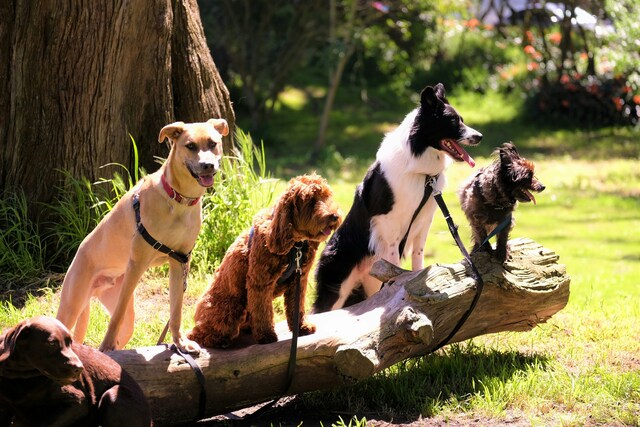Jason Kelly was walking his crossbreed pup Roxy in grassy fields at the back of a housing estate in Doreen when he caught her pointing.
He’d never before seen Roxy point, a behaviour common to gun dog breeds whose nose and tail direct their owners to prey, but he soon discovered why.
Roxy’s nose was just three centimetres away from a sizeable brown snake that was sunning itself on a rock.
“I had to get her out of harm’s way pretty quickly,” Mr Kelly said. “I’m certainly less inclined to let her off the leash in those paddocks now.”
Earlier that day, snake catcher Steve McNeil saw two eastern brown snakes in Doreen.
The Greensborough resident, who has been a snake catcher for four years, said now was the time for people to brush up on their snake knowledge.
He said warmer weather had already started to lure snakes out into the sun.
If you see a snake, his advice is to give it a wide berth.
“If you can, watch it from a safe distance and call a snake catcher.
“These animals don’t need to be feared; they need to be learned about.”
Mr McNeil said dogs and cats reacted differently to snake venom.
Dogs usually collapsed, then experienced diarrhoea or began vomiting before appearing to recover. Then most began to froth at the mouth, convulse, become paralysed and finally suffer respiratory failure.
“Many dogs will not survive even if treated with antivenin, although we have had several large dogs survive with intensive care over the past two years,” he said.
Cats, on the other hand, could take days to show signs of snakebite. They began to behave drunkenly, their back legs gave way and then their forearms beceme paralysed.
“Many wake up in the morning to find their cat lying on its side and just blinking, unable to stand up,” Mr McNeil said. “But cats do very well with antivenin treatment, with 90 per cent surviving.”
If you see a snake and would like advice or for it to be removed by a professional, call 136 186.







